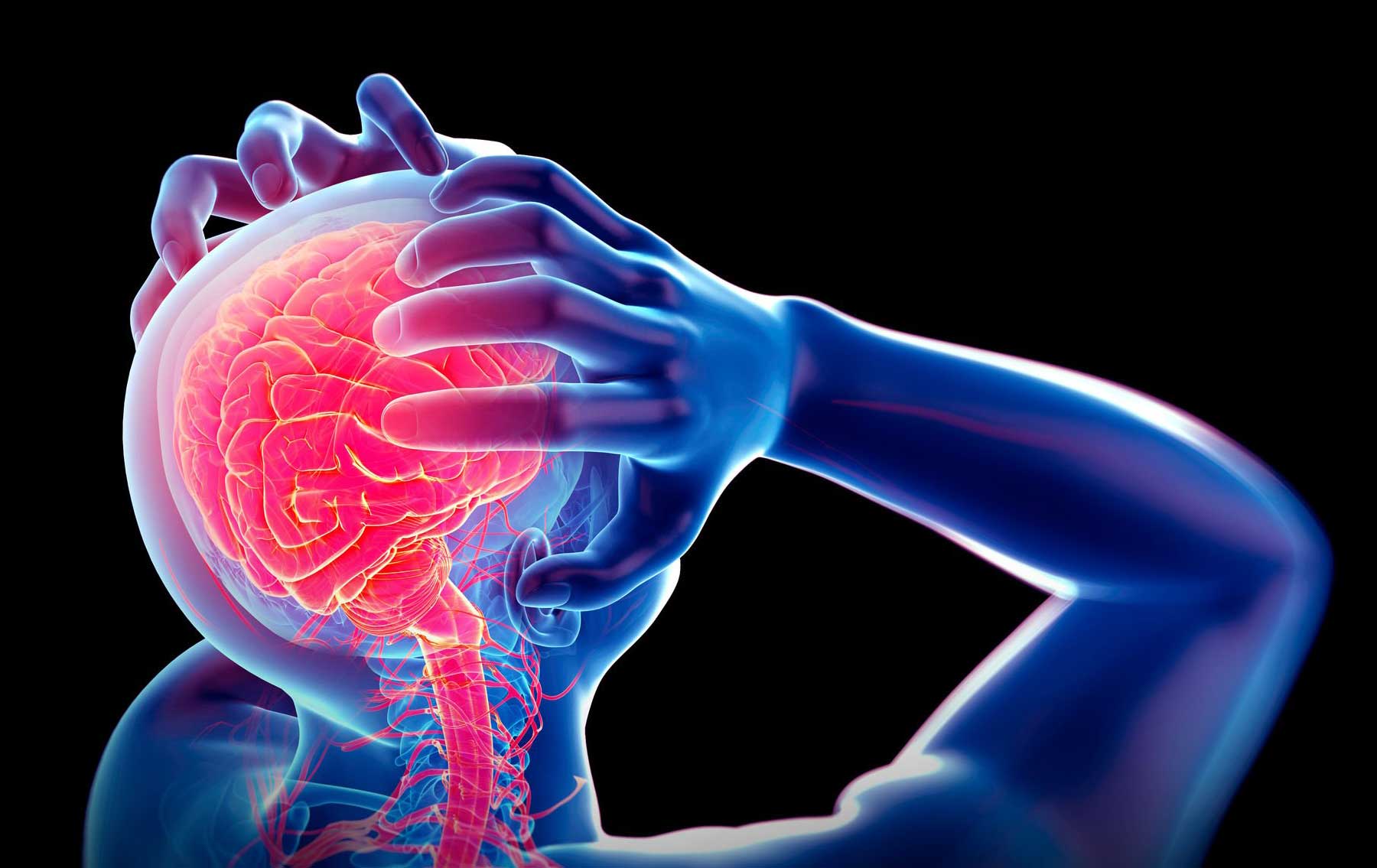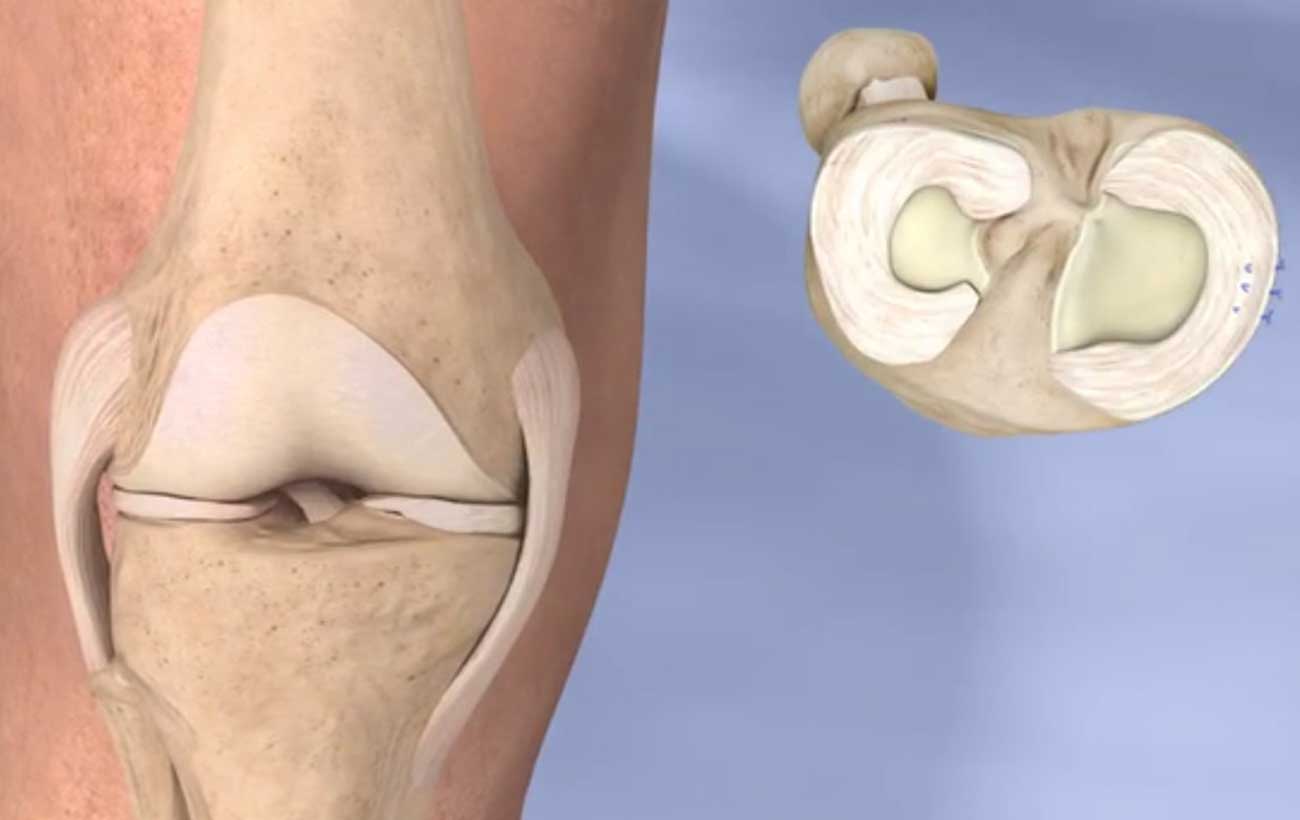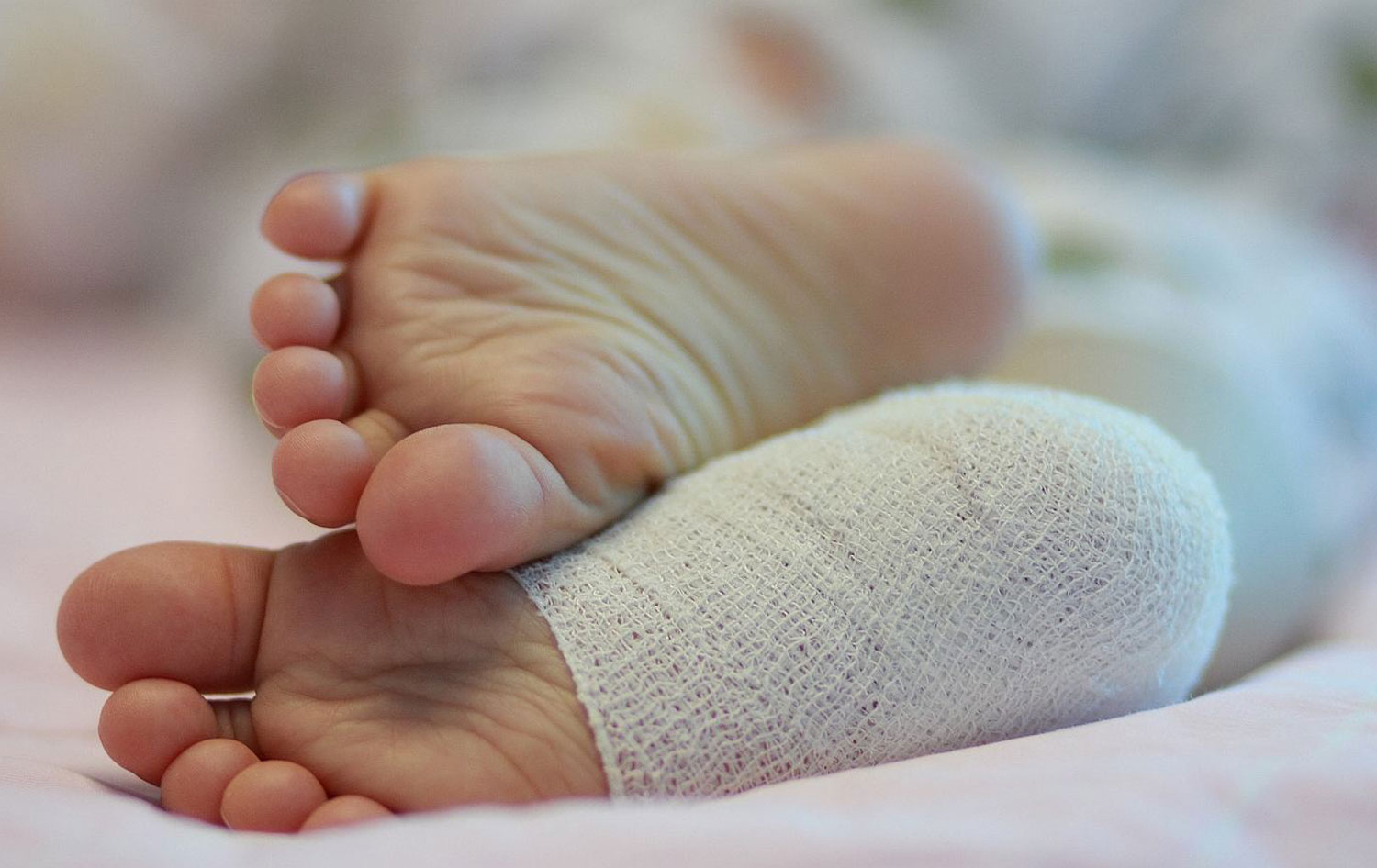innovative techniques Platelet-rich plasma therapy Times have changed since the days of bloodletting, when doctors…

Chronic Pain
Pain starts in receptor nerve cells found beneath the skin and in organs throughout the body. When you are sick, injured, or have other type of problems, these receptor cells send messages along nerve pathways to the spinal cord, which then carries the messages to the brain. Pain medicine may be needed to reduce or block these messages before they reach the brain.
Pain can be anything from slightly bothersome, such as a mild headache, to something excruciating and emergent, such as the chest pain that comes with a heart attack or the pain of kidney stones.
Two major types of pain include the following:
- Acute pain. This pain may come from inflammation, tissue damage, injury, illness, or recent surgery. It usually lasts less than a week or two. The pain usually ends after the underlying cause is treated or has been resolved.
- Chronic pain. This is pain that lasts for months or even years.
Chronic pain is long standing pain that persists beyond the usual recovery period or occurs along with a chronic health condition, such as arthritis. Chronic pain may be “on” and “off” or continuous. It may affect people to the point that they can’t work, eat properly, take part in physical activity, or enjoy life.
Chronic pain is a major medical condition that can and should be treated.
Chronic pain is one of the costliest health problems in U.S. Increased medical expenses, lost income, lost productivity, compensation payments, and legal charges are some of the economic consequences of chronic pain. Consider the following:
- Low back pain is one of the most significant health problems. Back pain is a common cause of activity limitation in adults.
- Cancer pain affects most people with advanced cancer.
- Arthritis pain affects more than 50 million Americans each year.
- Headaches affect millions of U.S. adults. Some of the most common types of chronic headaches are migraines, cluster headaches, and tension headaches.
- Other pain disorders such as the neuralgias and neuropathies that affect nerves throughout the body, pain due to central nervous system damage (to the brain and spinal cord), as well as pain where no physical cause can be found (psychogenic pain) increase the total number of reported cases.
Causes
There are many causes of chronic pain. It may start from an illness or injury, but remain long after recovery from other symptoms. Or there may be an ongoing cause of pain, such as arthritis or cancer. Many people suffer chronic pain in the absence of any past injury or evidence of illness.
Treatments
Chronic pain affects all parts of your life. The most effective treatment includes symptom relief and support. A multidisciplinary approach to pain management is often required to provide the needed interventions to help manage the pain. Pain management programs are usually done on an outpatient basis.
-
- Medical management of chronic pain, including medicine management:
- Over-the-counter (OTC) medicines may include nonsteroidal anti-inflammatory drugs (NSAIDs), aspirin, or acetaminophen.
- Prescription pain medicines, including opioids, may be needed to provide stronger pain relief. However, these drugs are reserved for more severe types of pain, as they have some potential for abuse. They may also have unpleasant and potentially dangerous side effects.
- Prescription antidepressants can help some people. These medicines increase the supply of the naturally produced neurotransmitters, serotonin and norepinephrine. Serotonin is an important part of a pain-controlling pathway in the brain.
- Adjuvant medicines may be advised to help control the side effects or to help increase the pain-relieving effects of pain medicines.
- Heat and cold treatments to reduce stiffness and pain, especially with joint problems such as arthritis
- Physical and occupational therapy such as massage and whirlpool treatments
- Exercise to prevent further problems and reduce spasticity, joint contractures, joint inflammation, spinal alignment problems, or muscle weakening and shrinking
- Local electrical stimulation involving application(s) of brief pulses of electricity to nerve endings under the skin to provide pain relief
- Injection therapies, such as epidural steroid injection
- Emotional and psychological support, which may include:
- Psychotherapy and group therapy
- Stress management
- Relaxation training
- Meditation
- Hypnosis
- Biofeedback
- Behavior changes
- Surgery may be considered. But although surgery can bring release from pain, it may also destroy other sensations or become the source of new pain. Relief is not necessarily permanent and pain may return. There are a variety of operations to relieve pain.
- Acupuncture, a 2,000-year-old Chinese technique of inserting fine needles under the skin at selected points in the body, has shown some promise in the treatment of chronic pain. Needles are manipulated by the practitioner to produce pain relief.



